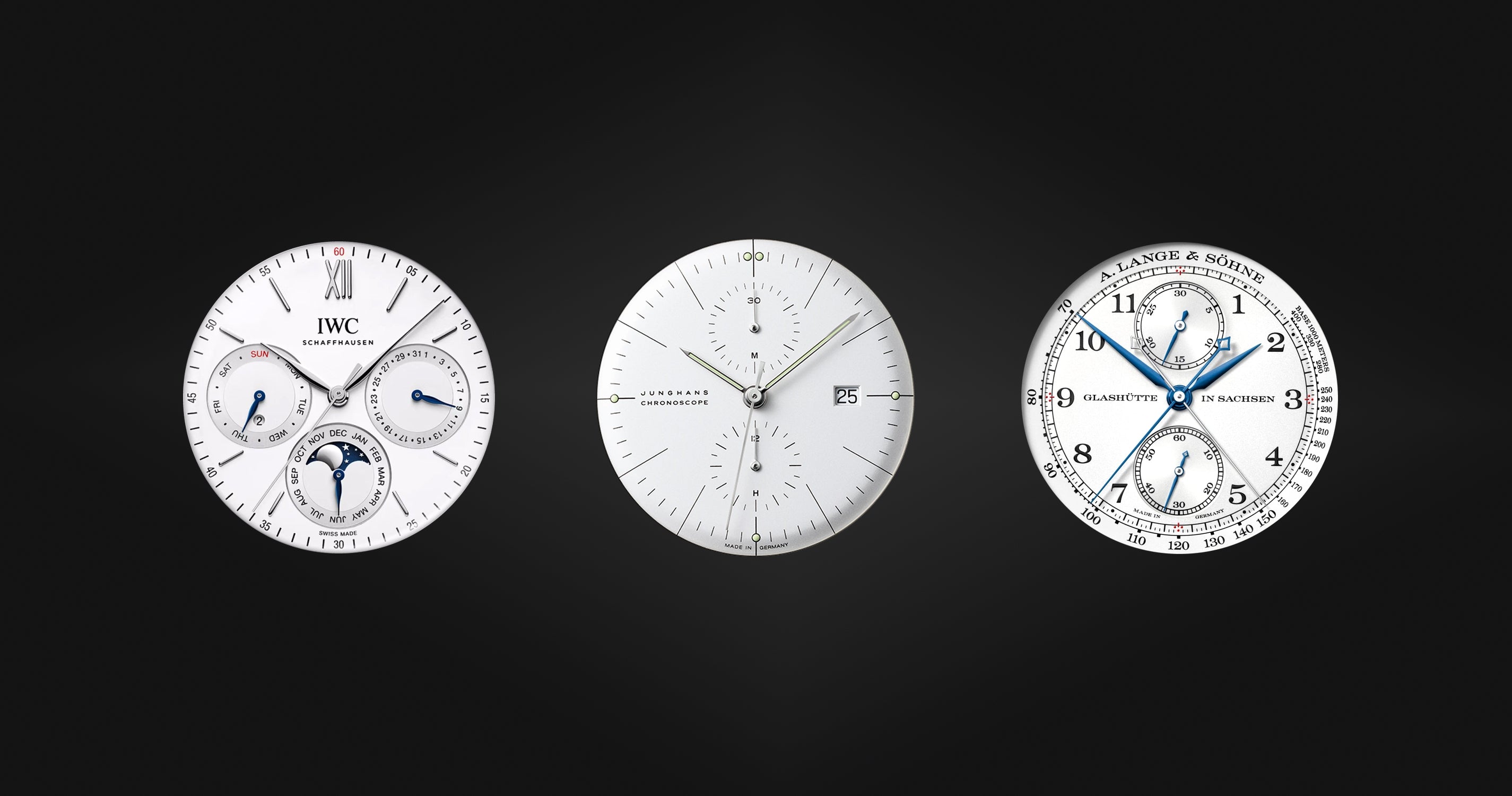
Forgotten Heroes - Albert Keck
In the next study entitled " The Forgotten heroes ” related to the great crisis of mechanical watches and Swiss watchmaking caused during the so-called quartz revolution by the flood of cheap Far Eastern production, i.e. battery-powered watches, paradoxically I again remember the second great rescuer, who was German.
I started the series of articles by writing about Gunter Blumlein, and this time I will try to present the figure of Albert Keck, who was closely connected to Blumlein, both in business and in terms of his passion for traditional watchmaking. For me personally, it is surprising that the Swiss, usually so attached to the history that stands behind practically every watch brand, are extremely sparing in dosing information about Mr. Keck or Blumlein. Is it because they do not fit the only correct narrative?

Albert was born in 1928 in the small town of Dunningen, and because the times were dark, he could not avoid being drafted into the German army. It was true that it was towards the end of the war, when deep reserves were being drawn upon, but the then 16-year-old had to face its horrors. I have no information about his service, but he managed to survive, fortunately for the watch industry.
His adventure with watches began during an internship at Junghans, which at the beginning of the 20th century was the largest manufacturer of watches in the world. He then began studying engineering at the State School of Watchmaking in Furtwangen, which he completed by defending his thesis in 1950. After completing his studies, he began working as an engineer at VDO Frankfurt, currently VDO Automotive, which produces, among other things, car clocks, speedometers, etc.
He proves to be a capable and ambitious employee, rising to the position of managing director after sixteen years. In the meantime, the company struggles with the inaccuracy of the watches installed in car cockpits, and since subcontractors are unable to meet the requirements set by VDO, Keck decides to establish cooperation with, among others, Philips, which resulted in the creation of its own quartz car clock in 1970, thanks to which the company grows into an industry tycoon. It is worth mentioning the 30 million units sold.

Albert Keck finally becomes the president of VDO and on behalf of the company he makes proposals to the owners of IWC and Jaeger le Coultre to buy the failing brands. Since there were no other interested parties, the proposal is accepted and VDO thus becomes the owner of these brands. The Swiss were not only no longer able to work on their own mechanisms financially, but also believed that the only way out, apart from bankruptcy of course, was to sell, because at that time they did not see a future for traditional mechanical watches. Today, with hindsight, we can only say how wrong they were.
Keck relies on the talented young German manager and watch enthusiast Günter Blümlein, who also graduated from the Furtwangen Watchmaking School, making him head of production, and he in turn relies on the now famous Swiss watchmaker Kurt Klaus.
Klaus is tasked with designing a watch that combines a perpetual calendar with a chronograph and moon phases. A watch that no one seems to need at the time and few people will be interested in buying. IWC has no money or time for his own mechanism, Kurt chooses Valjoux 7750 and makes significant modifications to it, finally the watch is ready for the Basel trade fair in 1985, the scale of the modifications is so deep, Klaus also adds a perpetual calendar module to it, that it arouses not only the recognition of the entire industry but also the appetites of collectors. The innovativeness of the design also consists in the use of control of all indications by turning the crown, instead of the previously commonly used separate buttons for each indication.

The next brand that needed help was JlC, which mainly supported itself by selling its mechanisms to other companies, but here Albert Keck also allowed Blumlein to spread his wings, dividing the collection into the main one, Reverso, and the complementary one, Master.
After the fall of the Berlin Wall, Keck and Blumlein wanted to implement the reactivation of the former Lange & Söhne company, so they went on a trip to Glashuette to view the former Volkseigener Betrieb GUB (Glashütter Uhren-Betirebe) plants, as the A. Lange & Söhne company was then called, nationalized by the communist government of the GDR after World War II.
They began talks about establishing a company and cooperating, but due to the complete lack of not only enthusiasm but also understanding from the other party, they decided that the idea in this form could not be implemented.
It was only at IWC that employees, remembering the great-grandson of the founder of L&S, who bought watch movements from the company, gave them the idea of finding Walter Lange and talking to him about reactivating the company.
The idea, as we know (I wrote about it in more detail in the article about Mr. Blumlein), resulted in the establishment of the Lange&Sohne manufacture known today in its present form, although its first employees had to be trained at IWC due to the lack of other possibilities.
Albert Keck became Chairman of the Supervisory Board of VDO, and he was not forgotten at the former university either, and in 1987 he was appointed honorary senator of the university.
Main character our history, passed away at the age of 90 in 2018 and I hope he will be remembered as one of the main architects of the rebirth of the Swiss watchmaking industry.
Darek Chlastawa
